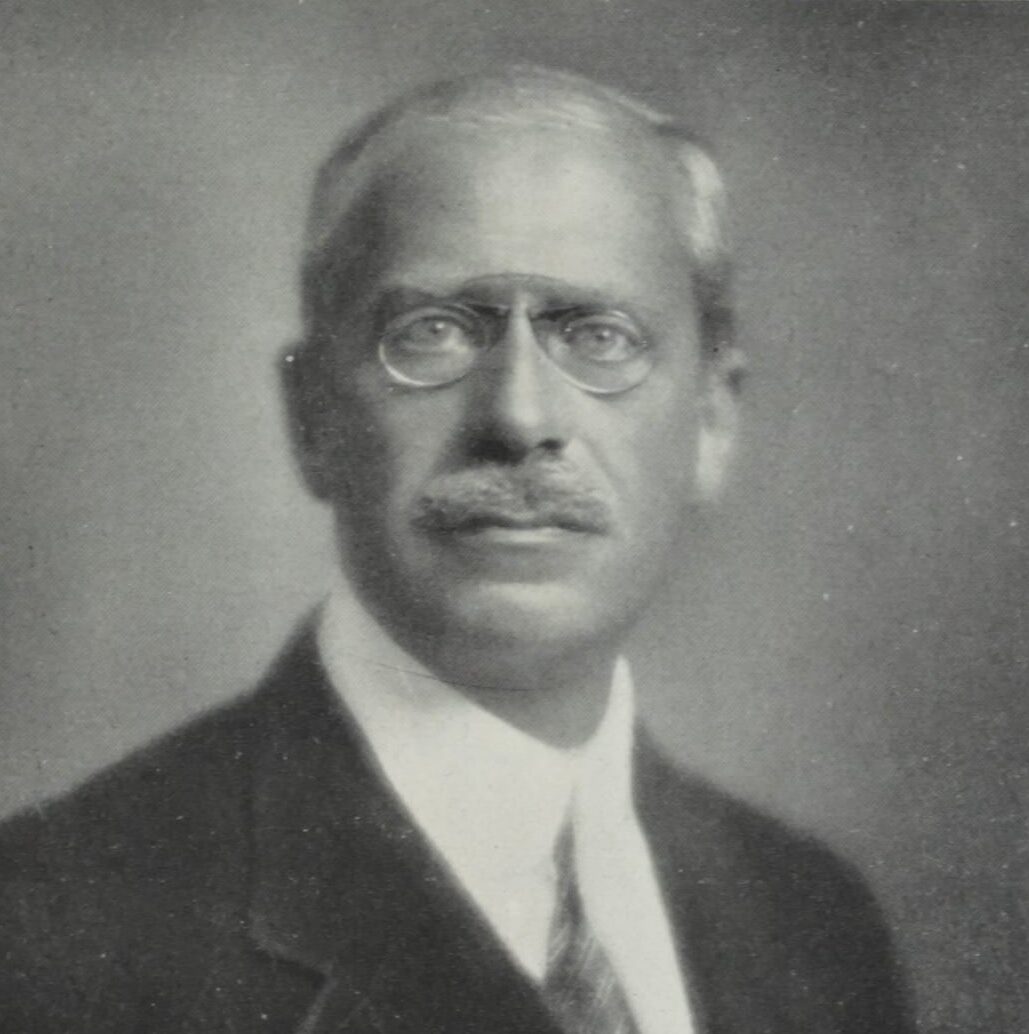A fairytale ascent
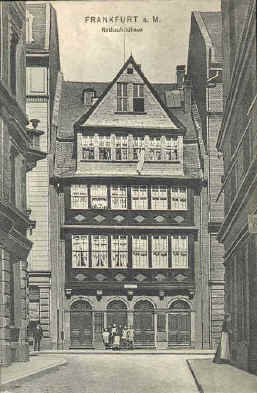
Public domain, via Wikimedia Commons
The Rothschilds. From Frankfurt's Judengasse, where the founder of the dynasty, Mayer Amschel Rothschild (1744-1812), ran a small business, to the highest heights of the international social elite, the family achieved a dizzying rise within a very short space of time, causing a sensation, the creation of legends and envy.
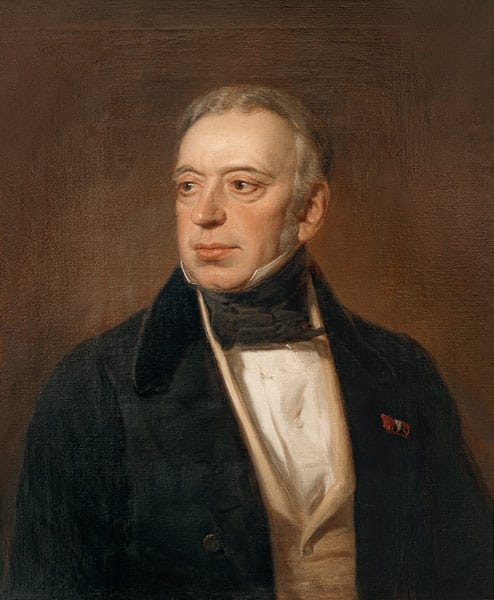
Public domain, via Wikimedia Commons
The Rothschild Bank's head office is in Frankfurt, but at the beginning of the 19th century, four Rothschild brothers set up business in Europe's leading financial centres - London, Paris, Vienna and Naples. They trade in securities and finance major government undertakings - railway construction, troop salaries for the British military, the Suez Canal, to name just a few examples.
Salomon Rothschild founded the Austrian branch in 1820 and quickly became Austria's leading financial entrepreneur.
Commitment to Judaism
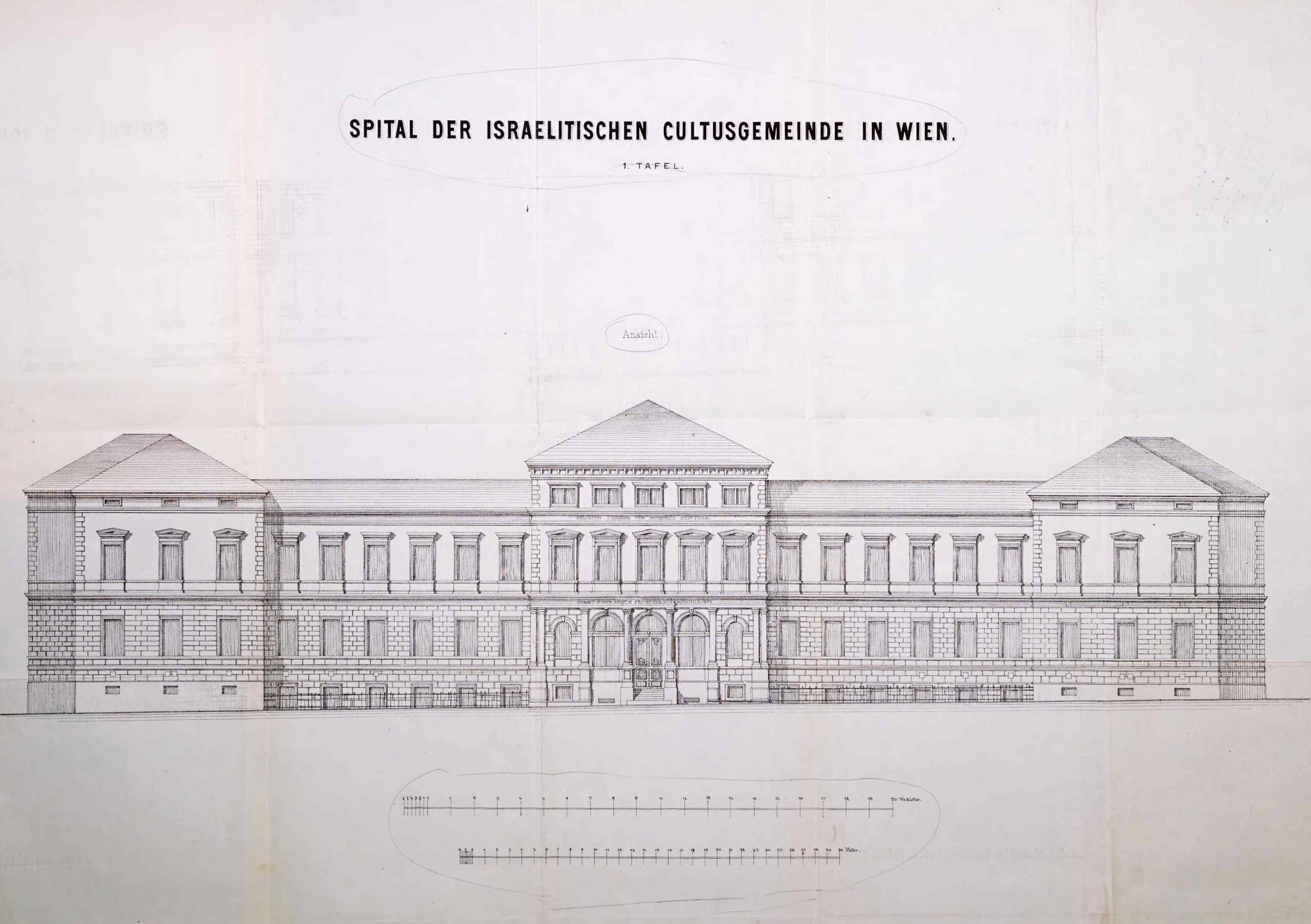
Public domain, via Wikimedia Commons
The Rothschilds feel very attached to their faith, and conversion is out of the question for them. They are committed to improving the living conditions of Jews, not only in their home city of Frankfurt or in the countries where they do business, but also in other countries such as Romania or Syria. They donate part of their assets to charitable organisations. The Israelite Hospital, the Institute for the Blind and the Deaf and Dumb Centre were established with their support.
Alphonse von Rothschild, lawyer, philatelist, art lover and family man
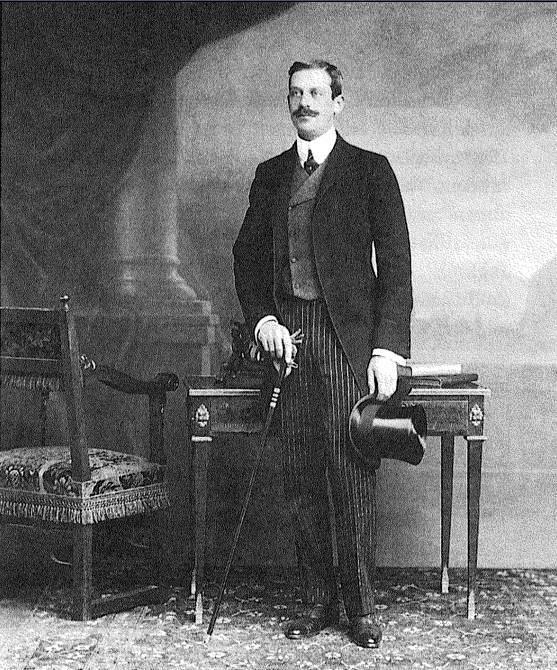
Public domain, via Wikimedia Commons
One of Solomon's great-grandsons is Alphonse Mayer von Rothschild, born in 1878. He had four brothers, of whom Louis Nathaniel, who was two years younger, took over the banking business. In the Austrian branch of the Rothschild family, it is customary for responsibility for the banking house not to be divided up, but to be transferred to a single heir. Alphonse is therefore free to pursue his passions. He studied law, but never practised the profession. He loves classical literature and art and owns a famous stamp collection. In Vienna, he resides in a city palace in Theresianumgasse.
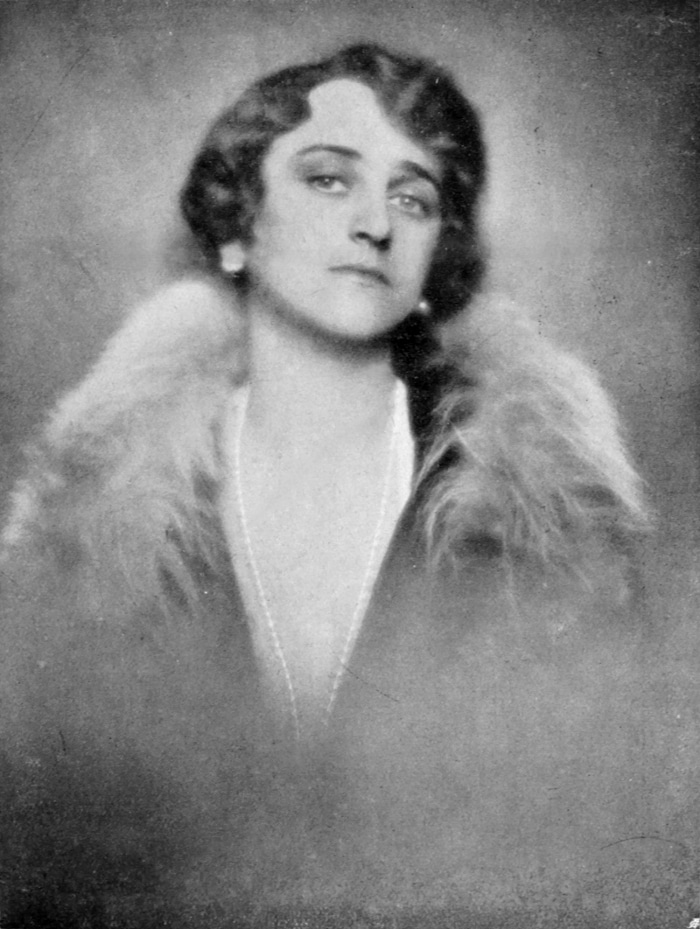
Edith Barakovich, Public domain, via Wikimedia commons.
In 1912, Alphonse married the Englishwoman Clarice Sebag-Montefiore. The couple only had two years together before the First World War broke out and Alphonse was sent to the Eastern Front. He was deployed until September 1918, almost the entire duration of the war. He was honoured with the Imperial Ottoman War Medal for his services.
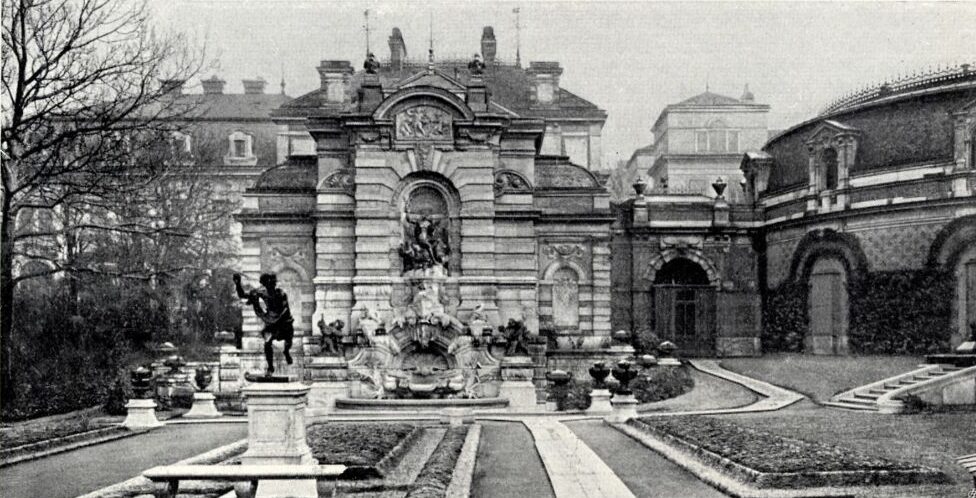
Public domain, via Wikimedia Commons
The Rothschilds have three children. Their son Albert Anselm Salomon Nimrod was born in 1922. This was followed by daughter Bettina Jemima in 1924 and finally Gwendoline Charlotte in 1927.
Alphonse continues the family tradition of supporting charitable causes. He is President of the Nathaniel Freiherr von Rothschild Foundation for the Mentally Ill in Vienna. And together with his wife Clarice, he continues the family tradition of collecting art. He expands the inherited collection and even builds a side wing to the palace in Theresianumgasse.
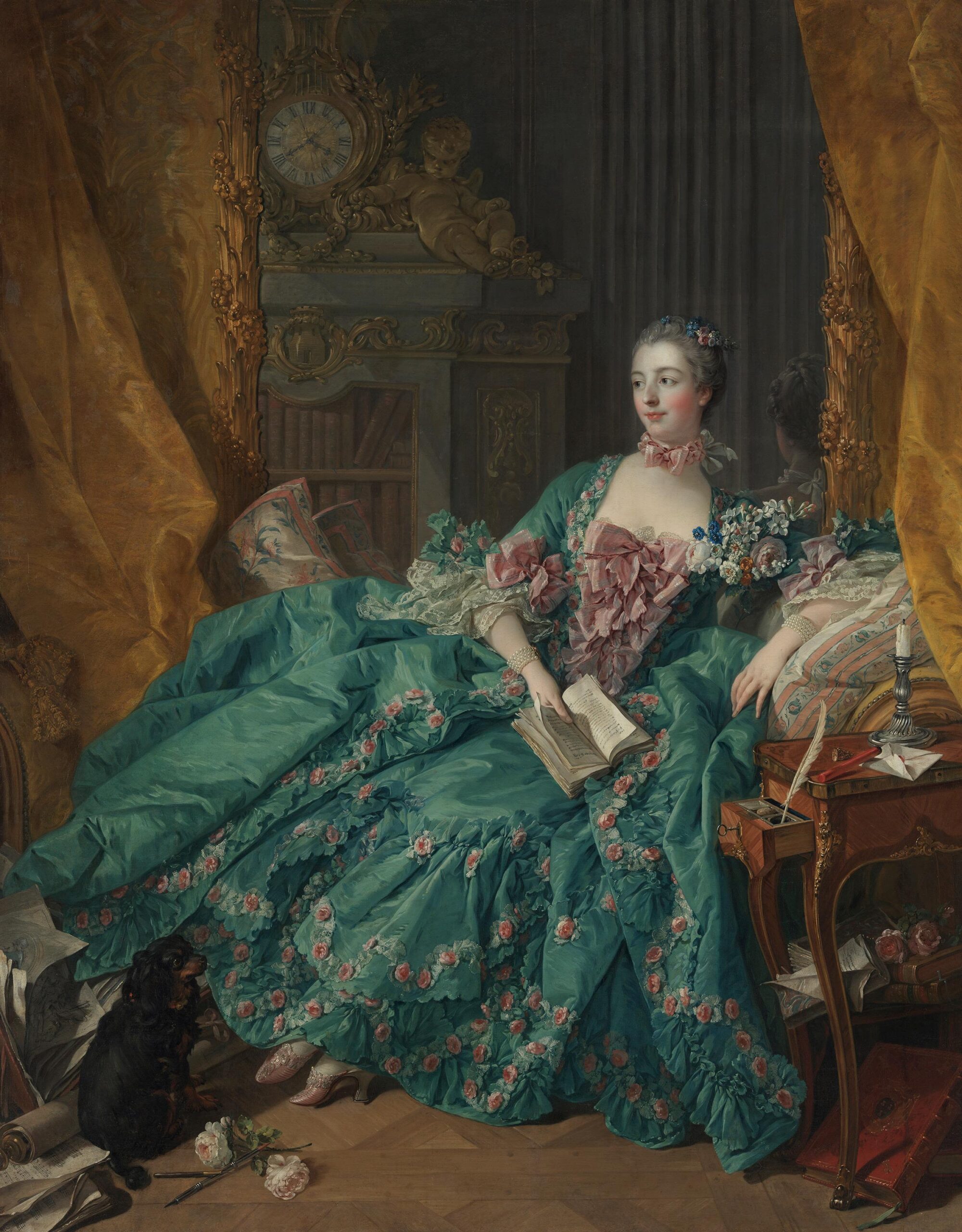
Bavarian State Painting Collections, on permanent loan from HypoVereinsbank, Member of UniCredit.
The famous painting of Madame de Pompadour also came into his possession through inheritance. The Rothschild family loves the culture of the French royal court of the 18th century, and many family members collect furniture, tapestries and Rococo paintings. The French branch of the Rothschild family also owns a portrait of Madame de Pompadour, a replica by François Boucher, which at first glance appears to be identical.

Austrian National Library Vienna, PLA16317496
The global economic crisis also affects the Rotschilds. Ironically, this is when the myth of the family's power reaches its peak and it becomes the target of hate propaganda from radicals across the political spectrum in Germany and Austria.
Hitler's object of hate

Georg Fayer, Public domain, via Wikimedia Commons
Hatred of the Rothschilds has been part of the NSDAP's rhetoric since its beginnings, with Adolf Hitler spreading his conspiracy theories about them as early as 1921 in the „Völkischer Beobachter“. After coming to power, this hatred was translated into action. The Frankfurt family had to flee for their lives.
Alarmed by the events in his neighbouring country, Alphonse von Rothschild tried to take his art collection abroad. This was difficult due to the export prohibition law passed in 1918, but at the beginning of 1938 he reached an agreement with the monument protection authorities. But then Hitler also took power in Austria. Immediately after the invasion of German troops on 12 March 1938, the displacement and persecution of the Jewish population and the looting of the important Jewish art collections in Vienna began. Ds the Rothschilds are so prominent, they are one of the first to be affected. The day after the invasion, the SS are already looking for members of the family. Louis von Rothschild is arrested and taken to prison. His possessions and his companies are seized from him.
The art collections are plundered
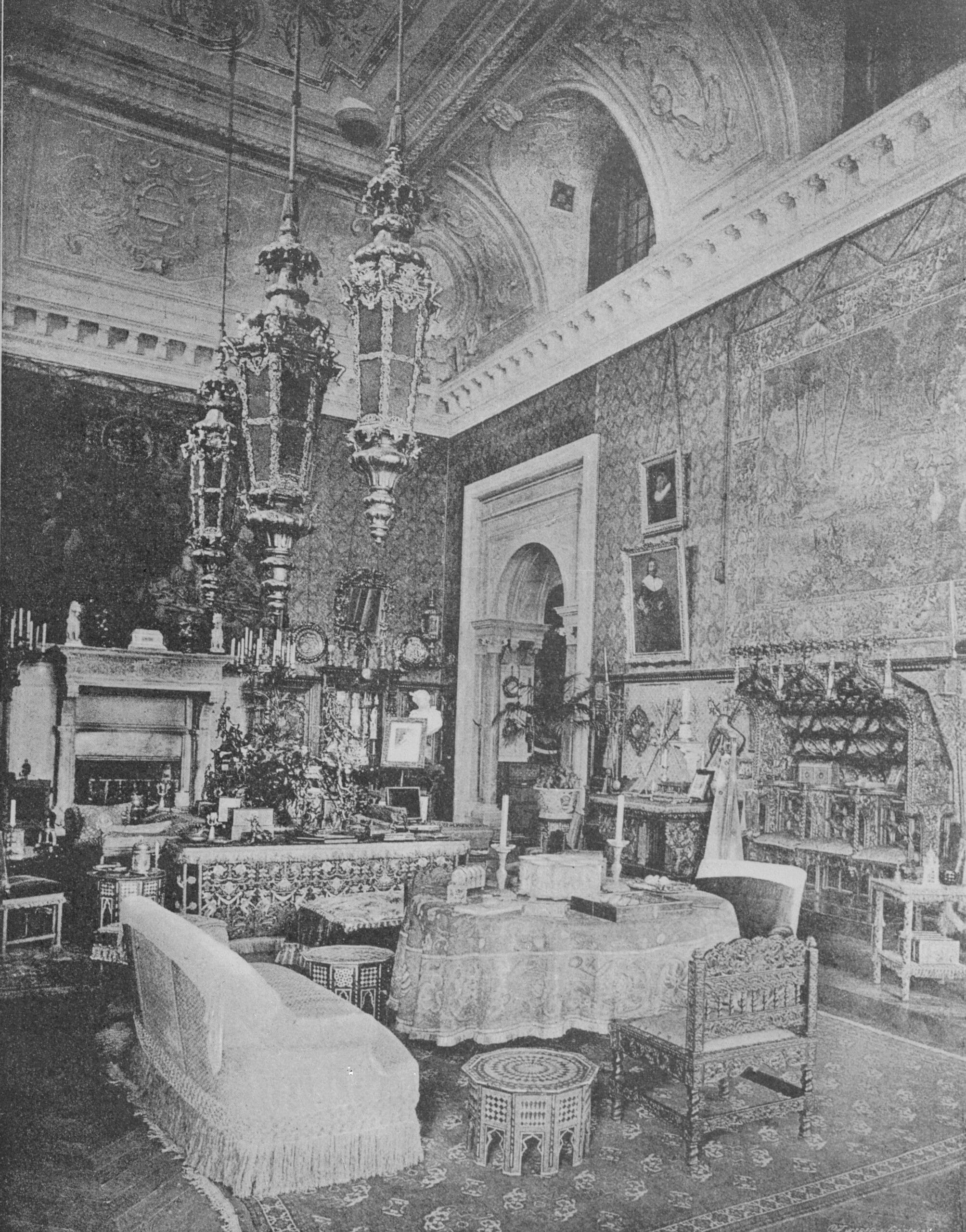
Austrian National Library Vienna, 222.988-B
But what the National Socialists are mainly after are the Rothschilds' art treasures.
On 14 March 1938, the palace of Alphonse and Clarice von Rothschild is sealed, the works of art are confiscated by the Gestapo and taken to the depot of the Kunsthistorisches Museum in the Hofburg. Among them is the famous portrait of Madame de Pompadour.
Before the Anschluss, the directors and employees of the Kunsthistorisches Museum were on friendly terms with the Rothschilds, advised them on the development of their collection and received financial support from the Rothschilds. Now the museum staff use their knowledge of the Rothschild collections to support the confiscation campaign.
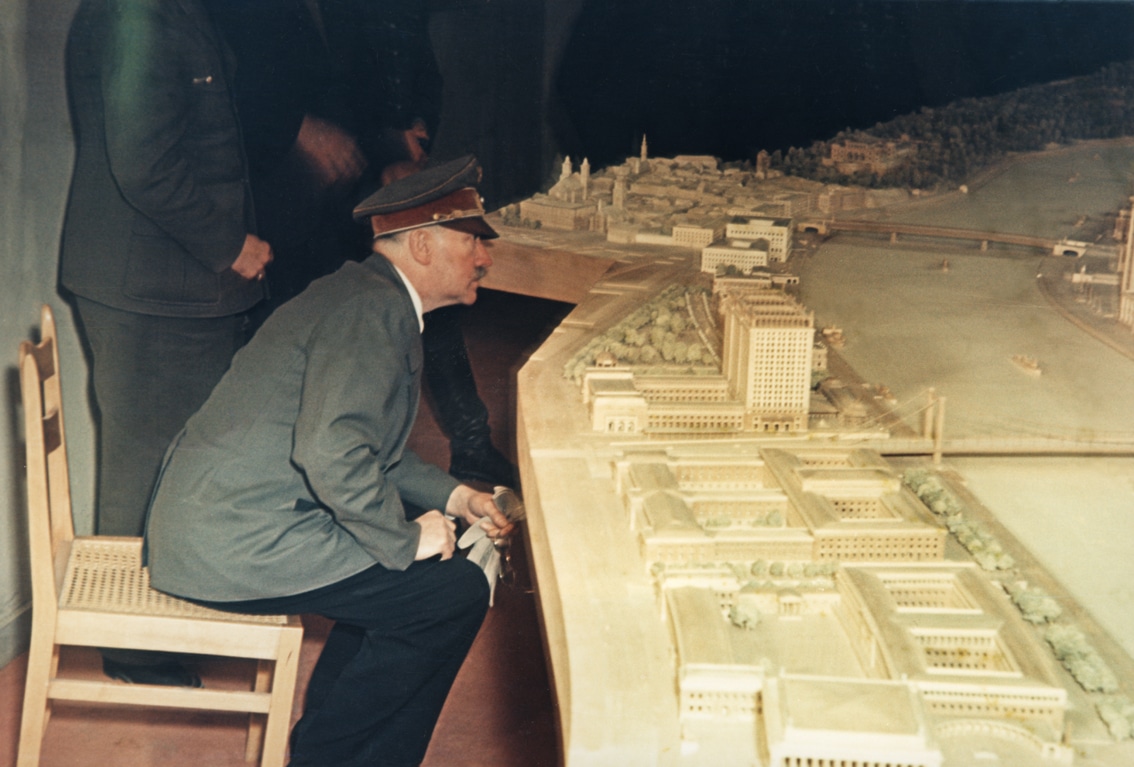
Walter-Frentz-Collection, Berlin
The spoils are distributed
A months-long battle for the prey begins. Heinrich Himmler wants to take all the artworks to Berlin or Munich. This failed due to the vehement resistance of the Viennese cultural administration. The National Socialists did not want to alienate the „Ostmark“ and the capital Vienna too much after all, which is why the majority of the looted art was left in Austria. Hitler's planned Führer Museum in Linz is to be presented with particularly representative pieces. The remaining artefacts will be offered to Austrian museums, who will be allowed to register their „desired objects“.

Federal Archives, Image 146-1994-006-28A / CC-BY-SA 3.0
Until his death in 1942, Hans Posse, the long-standing director of the Dresden Picture Gallery, played a central role in these distribution battles and designed the Führer Museum. In personal consultation with Adolf Hitler, he decides who receives what.
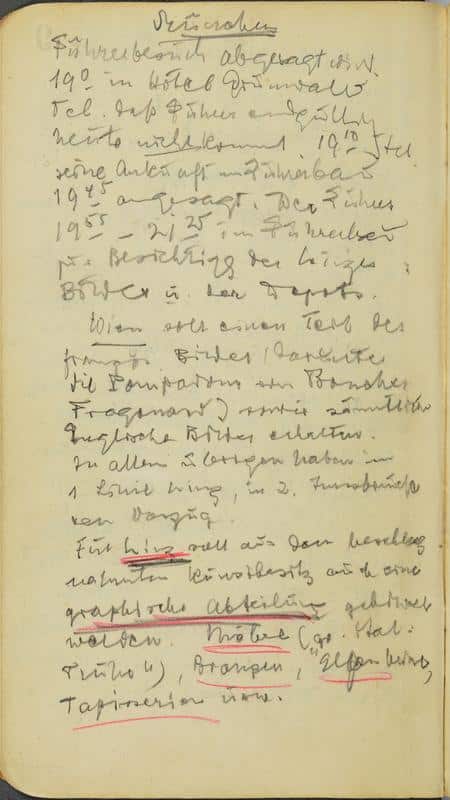
Germanisches Nationalmuseum, DKA, NL Posse, Hans, I,B-2 (0014)🔍 Move the mouse over the image to enlarge it
n his travel diary, Posse wrote on 23 July 1939: „Vienna is to receive some of the French paintings (including the Pompadour by Boucher Fragonard) and all the English paintings. For everything else, Linz is the first priority and Innsbruck the second.“ Vienna„ refers to the Kunsthistorisches Museum in Vienna, which had been demanding this share from the Jewish collections for some time.
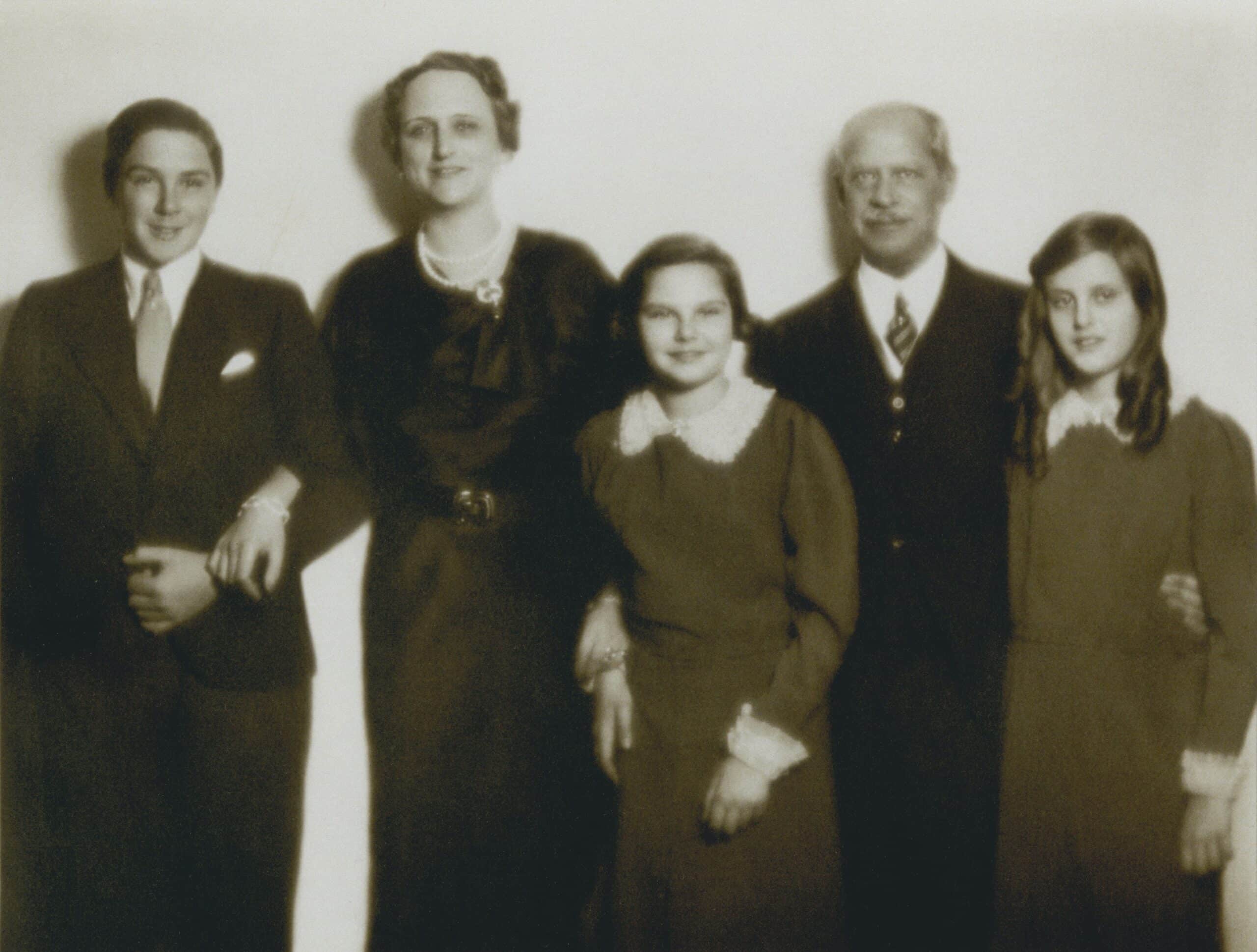
Photograph courtesy of Bettina L. Burr
Alphonse and Clarice von Rothschild are in London with their son Albert at the time of the Anschluss. It is too dangerous for them to travel back to Vienna. But their daughters Bettina and Gwendoline, aged eleven and thirteen, are still there. Their parents instruct them to flee to Switzerland immediately. There they are reunited with their parents and brother. Then comes the next stroke of fate: Albert dies of cancer shortly before his sixteenth birthday.
Because they no longer felt safe with the advance of the German Wehrmacht in Europe, the Rothschilds emigrated to the USA. In the summer of 1942, they rented a house in Bar Harbor, a popular holiday resort on the Atlantic coast. Alphonse von Rothschild suffers a heart attack there and dies in September 1942.
Forced „dedications“
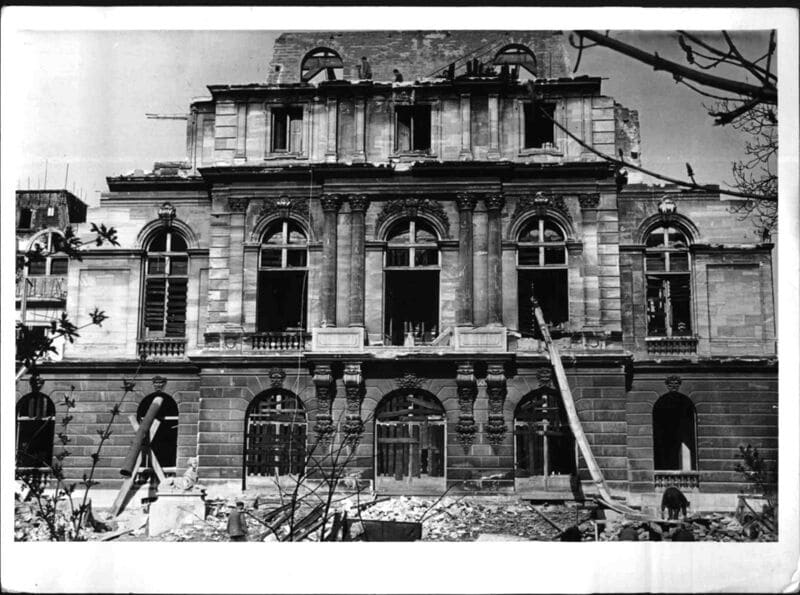
Austrian National Library Vienna, OEGZ/H10378/4
After the war, the Rothschild family remains in the USA. From there, Clarice von Rothschild applied for the return of her art treasures and property. Initially, her application is complicated by the fact that her Viennese properties are located in the area belonging to the Soviet occupation zone. Clarice can claim that she is a British citizen and therefore belongs to a nation that is an ally of the Soviet Union. The property is returned to her. The palace in Theresianumgasse had been so destroyed during the war that it had to be demolished. The works of art are also restituted. But Clarice had to pay a high price to be allowed to export them to the USA: She has to hand over over 200 works of art to Austrian museums as a „dedication“. This is because the Republic of Austria invokes the Export Prohibition Act for nationally valuable artefacts.

Bavarian State Painting Collections, on permanent loan from HypoVereinsbank, Member of UniCredit/Photography Elisabeth Greil
Clarice von Rothschild was finally able to bring Boucher's painting to the USA. Decades later, she put it on the market in New York. The Bayerische Hypotheken- und Wechselbank acquired it in 1971 and gave it on permanent loan to the Alte Pinakothek in Munich, where Madame de Pompadour is the centrepiece of the French section.
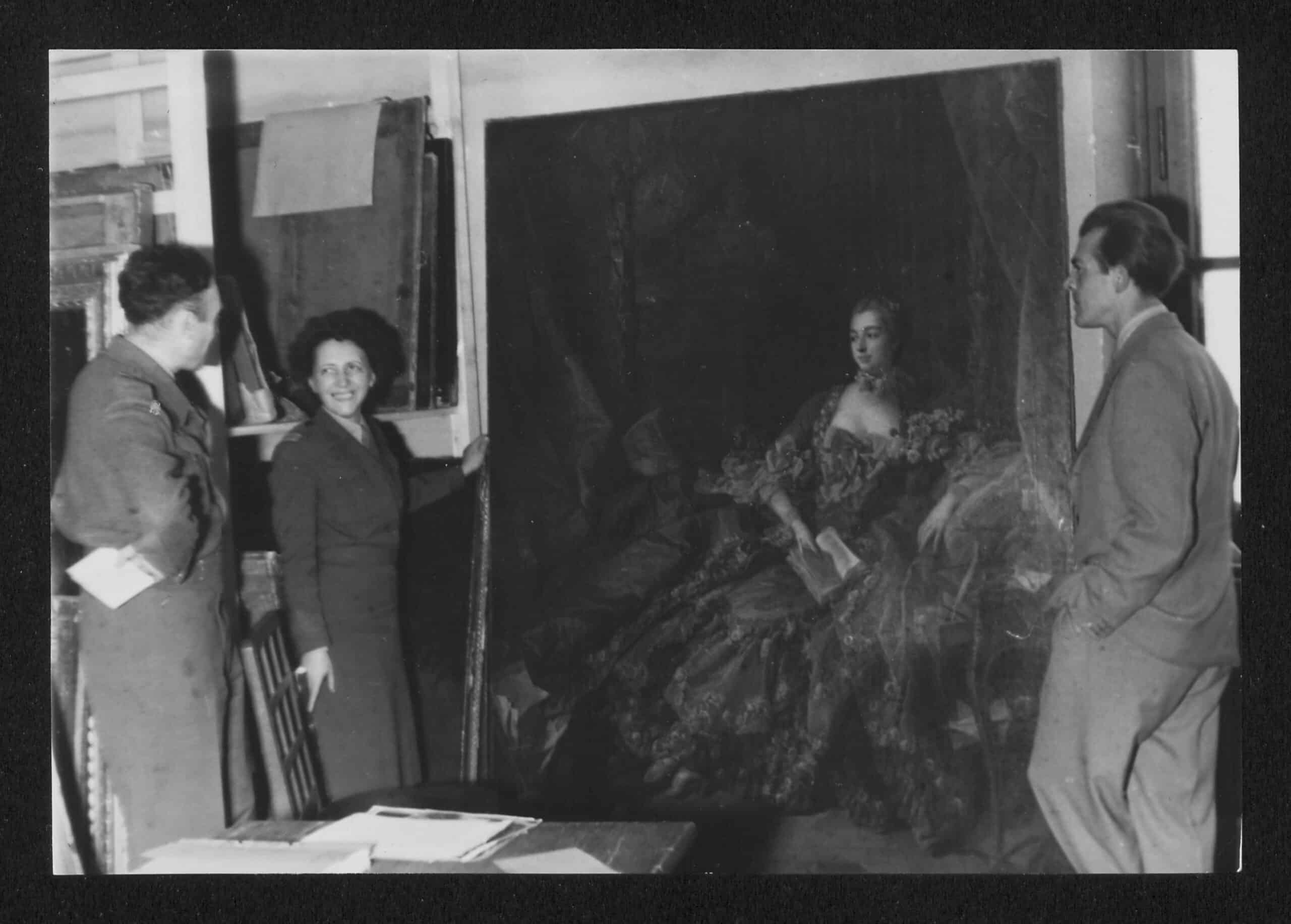
Courtesy of National Gallery of Art Archives, Washington. Craig Hugh Smyth Papers - Photographs.
Curiously, the replica of the famous Boucher painting was located at the end of the Second World War. just a few steps away. It had been looted by the French branch of the Rothschilds during the German occupation of France. US troops seized it in a depot, brought it to the Munich Central Collecting Point and returned it to its rightful owners.

Public domain, via Google Arts&Culture
For a long time, the institutions that profited from the art theft found it legitimate to hold on to the Rothschilds' cultural assets and rejected demands for their return. However, a rethink began at the end of the 1990s, triggered by the confiscation of two paintings by Egon Schiele by the New York public prosecutor's office. The artworks had been loaned to New York from the Leopold Museum in Vienna for a special exhibition, but were suspected of being looted art. As a result, the Austrian Federal Ministry for Education and Cultural Affairs decides to systematically examine collections and archives for looted art.
Even before the Washington Conference on Looted Art, an art restitution law was drafted in Austria, which was passed at the same time as the Washington Principles in late autumn 1998. Since then, numerous works of art can be restituted. The restitution law also includes works of art that were looted from their rightful owners but remained in museums after the war as „dedications“ - a forced donation as a condition for the Jewish refugees to be allowed to take their property abroad.
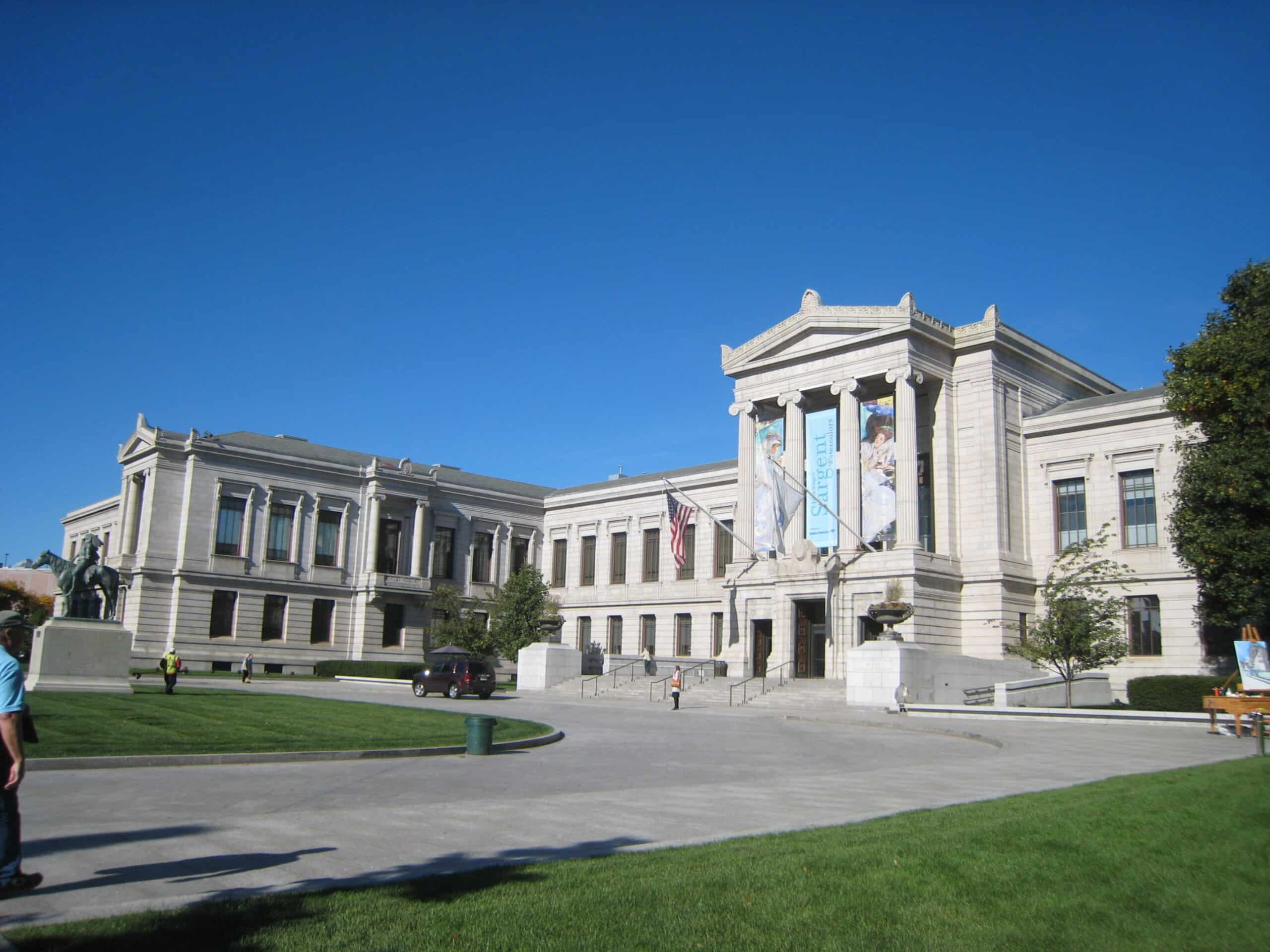
Merriweather, CC BY-SA 4.0 , via Wikimedia Commons
Thanks to this new legal situation, the heirs of Clarice and Alphonse von Rothschild received numerous objects back. Today, 186 of them can be admired at the Museum of Fine Arts in Boston - donated to the museum by the descendants. Among them are fourteen objects that were intended for the Führer Museum in Linz. A remarkable conclusion to the history of a collection that began in the early 19th century and was torn apart and destroyed by the violent regime of the National Socialists.
